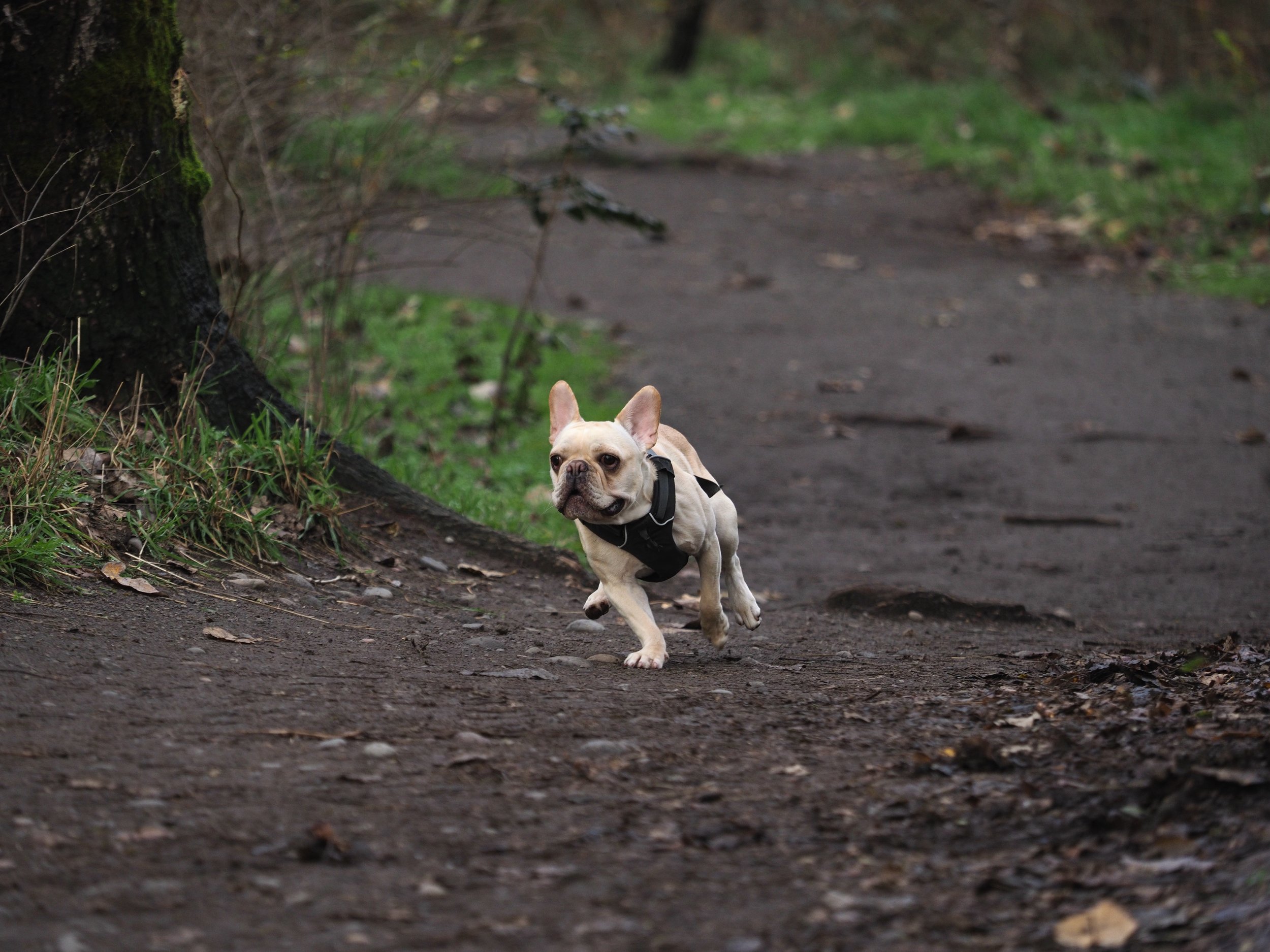Backpacking With Your Dog
What You Need To Know

As part of the family, we want to bring our dogs with us on all outdoor adventures. But when it comes to long term backpacking trips, can we still bring our pawed friend? Although it requires some extra planning, it can be an enjoyable experience for both of you with the right preparation and training.
According to Certified Canineopath Sabina Backe, there are no specific limits as to how many miles a healthy, fully-grown dog can hike every day for months at a time.
The dog’s physique is made for moving longer distances. But before heading off, you need to consider what type of dog you have and if a long backpacking trip is a feasible thing to do. Do you have a big dog or a small dog? The journey will be much longer for smaller dogs than for a big dog, and it might not be able to carry its own pack. If you have a big dog, are you able to carry it to the nearest road or bailout point if anything were to happen? You also need to consider your dog’s personality and how it copes with new situations - does it stay calm or get stressed? No matter what type of dog, it is important that it is fully grown both physically and mentally and in good health, says Sabina.
Sabina Backe, owner of Backe’s Hundhalsa AB. In her profession as a Certified Canineopath she treats, prevents, rehabilitate and improves dogs physical health.
Prepare your dog the same way you prepare yourself
Before starting the hike, it is crucial to train your dog both physically and environmentally. Sabina recommends taking your dog to a vet and a dog physiotherapist for all necessary checkups to ensure your dog is in good health.
Confirm that your dog doesn’t have any underlying conditions or obstacles that might prevent it from doing the hike or even hurt itself while doing it. You also need to train it both physically and environmentally. The training should start at least one year before the hike to make sure it is fully prepared. Then, train the dog the same way you prepare yourself for the hike and go on shorter backpacking and overnight trips, says Sabina.
Environmental training is just as necessary as the physical training
Sabina recommends exposing your dog to the same kind of environment that you will encounter on the trail.
Make sure the dog is comfortable sleeping in a tent or tarp with noises all around, that it can cope with the dark at night and that it won’t chase or bark at any wildlife or other hikers. Think of possible situations that might occur on trail and then gently expose your dog to those situations.
Even though dogs are better at distributing their energy throughout the day than humans, they must stay calm if a new situation occurs. If your dog gets stressed out, it will lose vital energy.
– While on trail, rest is the most important thing for your dog’s recovery. Ensure that when it is resting, it can relax despite sounds and noises from other animals and the surrounding nature. Otherwise, it won’t get the recovery it needs to keep going. And make sure you know your dog well enough to see the signs for when it needs to stop and rest. It is crucial to be observant of your dog during the entire hike, says Sabina.
She also recommends keeping things the same on the trail as they are at home.
Stick to the same kind of dog food on the trail as you do at home to avoid mishaps.
Plan ahead
Backpacking means hiking through a variety of terrains and weather conditions, some more challenging than others. To prepare for them, look up the terrain and conditions you will encounter and plan accordingly. Also, be prepared to take days off the trail to wait out weather conditions that will affect your dog.
Plan for alternate routes where you think your dog might be uncomfortable, such as high elevation or exposed and rocky terrain. Ensure you carry appropriate gear for the different sections, such as shoes and clothes for your dog. Dogs also need a lot of water! Look up water sources for each section and be prepared to take more and longer breaks if it is hot, says Sabina.
Be aware that some sections of the trail might not allow dogs, such as national parks. Confirm ahead that dogs are allowed where you plan to hike and know the rules, such as where and when to use a leash.
Always make sure you respect the rules for each section you hike and to be respectful to other hikers and wildlife, says Sabina.
Think about this before backpacking with your dog
Your dog’s health is a priority! Be prepared to cancel your hike if it shows any sign of not coping with the hike.
Keep your expectations at a reasonable level. Don’t be disappointed if things don’t turn out the way you envisioned.
Your dog’s age is of importance. It should be fully grown both physically and mentally, but not too old.
In addition to physical training, train your dog to handle new situations so that it stays calm if they happen. The dog should be comfortable spending time outdoors for a more extended period and the surrounding nature.
Allow for extra time to finish the hike. Be flexible when it comes to taking alternate routes and even skipping sections of the trail.






